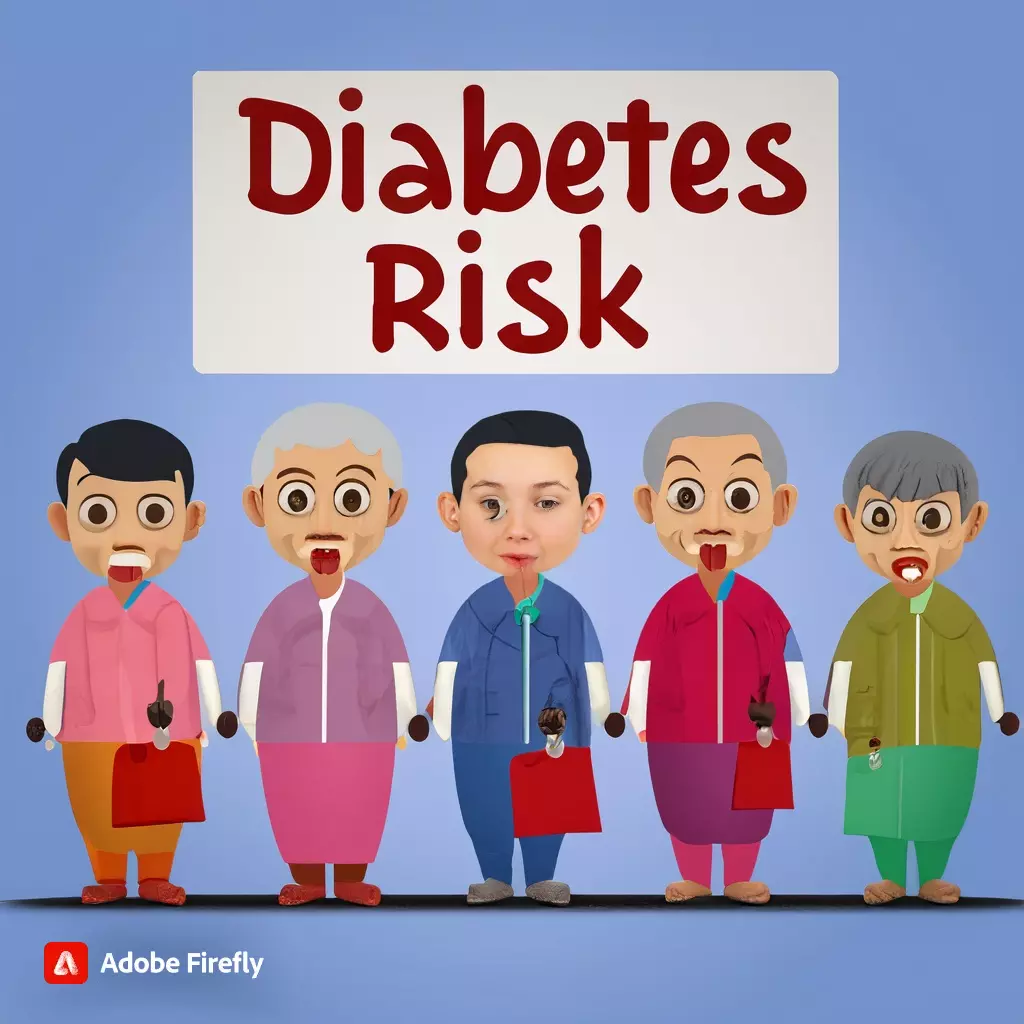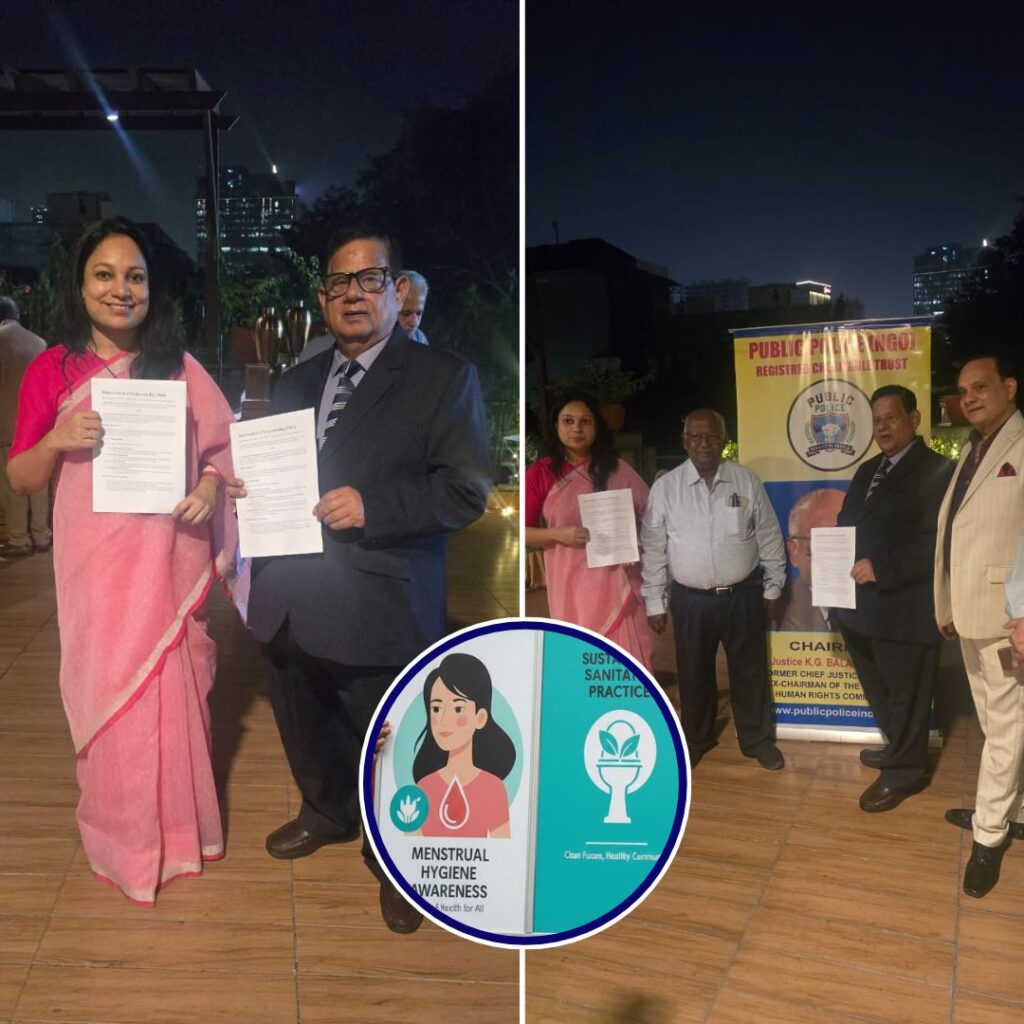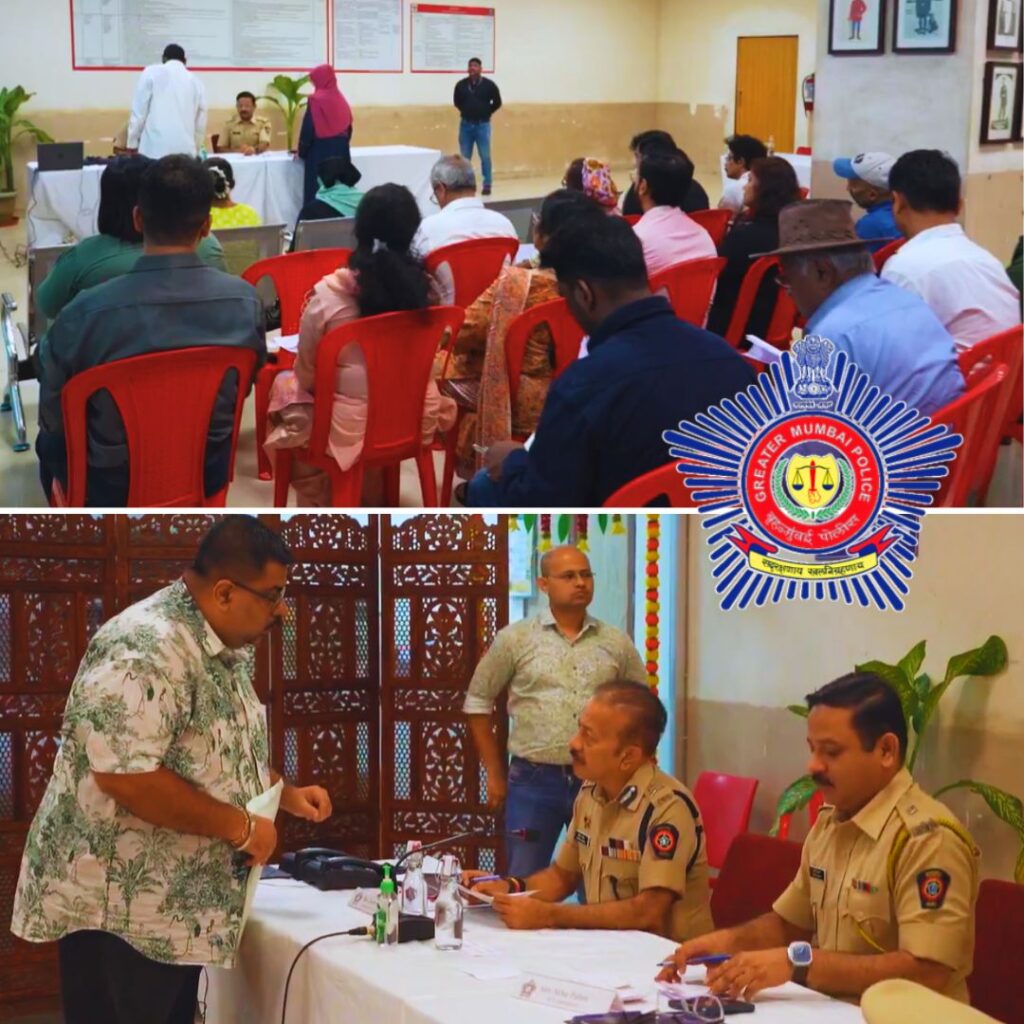Amid the rise in air pollution in the national capital Delhi, a new report has shown that inhaling the toxic air increases the risk of type 2 diabetes. According to a report published in The Guardian, inhaling the air with high amounts of PM2.5 particles led to high blood sugar levels and increased type 2 diabetes incidence.
The report is based on a study conducted for seven years (2010 to 2017) in 12,000 residents of Delhi and Chennai. Using satellite data and air pollution exposure models, the researchers determined the air pollution in the locality of the participants.
Al Delhi’s AQI remains ‘very poor’ for the sixth day. the average annual PM2.5 levels in Delhi was 82-100μg/m3 and in Chennai was 30-40μg/m3, according to the study. While India’s national air quality standards are 40μg/m3.
Excessive exposure to PM2.5 led to elevated levels of blood sugar.
The risk for diabetes increased by 22% for every 10μg/m3 increase in annual average PM2.5 level in the two cities, The Guardian report said.
As per a paper published in The Lancet in June this year, 101 million people (11.4% of the population) are living with diabetes and about 36 million are pre-diabetic, reported Livemint . The Lancet study also showed a higher number of diabetics in urban than rural India.
Dr V Mohan, one of the authors of the paper told the Guardian, “Until now, we had assumed that diet, obesity and physical exercise were some of the factors explaining why urban Indians had higher prevalence of diabetes than rural Indians…This study is an eye-opener”.
On Thursday, the air quality in the national capital continued to remain in the ‘very poor’ category for the fifth consecutive day in a row. As per the SAFAR-India, the city’s Air Quality Index (AQI) was 343 (very poor) in Delhi.
Meanwhile, the Delhi government has stopped the entry of diesel buses into the city. Besides, construction activities have also been put on hold within a one-kilometer radius in hot spots where the AQI level continuously remains close to 400.
Also Read: Women’s Leadership In Startups Grows Upto 18% In Last Five Years, Says Report













